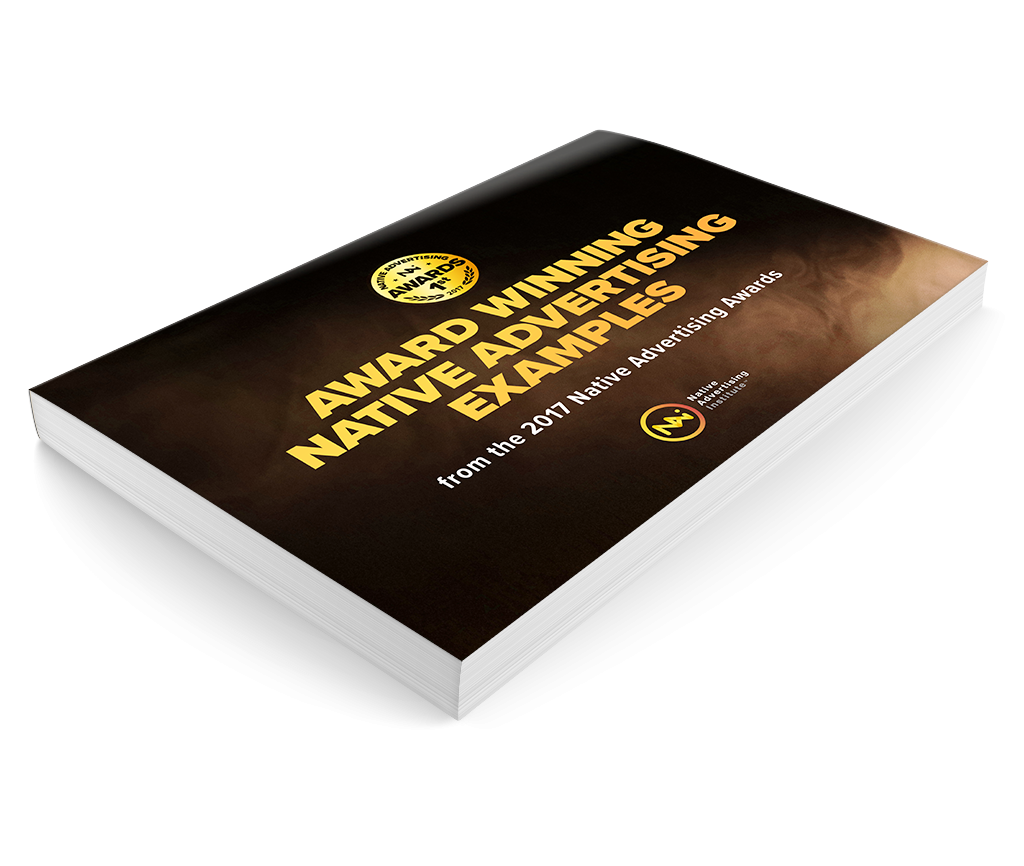 Details
Details
"Data as part of a marketing strategy really has three different purposes," says Clare Carr.
Clare Carr is VP of Marketing at Parse.ly and we interview her about using data as part of your marketing strategy when she attended Native Advertising DAYS 2017 as a panellist.
Below are highlights from the interview which have been slightly edited for clarity.
Data really can be a source of creativity and I think a lot of people overlook that when they're just looking at goal setting or what the status quo is with data.
Three shades of data
Number one is a baseline goal setting, KPI, and I think that is how most people think of data traditionally.
Number two is something slightly more advanced which I consider insights around data. It is using data to find out why your customers care about your product, why people are reading the content that you're putting out there. And then not necessarily replicating this but using the data to create something new.
And that's where number three comes in which is inspiration. Data really can be a source of creativity and I think a lot of people overlook that when they're just looking at goal setting or what the status quo is with data.
And that's always when people win awards or when brands actually get people to buy things.
Using data is how people win awards
Data informs creativity because data is a representation of our work and so it's also a representation of us. And as marketers, we really thrive when we're being creative.
Diving into data feels very maybe mathematical and analytical. But actually, some of the best campaigns often make use of data. The first thing people behind those campaigns say is something along the lines of, "Well we realized that our most loyal customers were XYZ so then we made this campaign".
RELATED: Native Advertising That Works? 3 Takeaways From Award-Winning Examples
And that's always when people win awards or when brands actually get people to buy things. So I think that's something that is often true of these great campaigns but sometimes overlooked and not often talked about.
My biggest advice for marketers looking to use data is to not just look at it at the end.
You should look ahead of time
My biggest advice for marketers looking to use data is to not just look at it at the end. A lot of people look back at data as a retroactive, informative how-their-campaign-went and that's important, it should be done.
But I advise that people look ahead of time. Whether that's to get the insights, to get the inspiration, or even just to set some goals to know what to expect.
Publishers and brands should be learning a lot from each other to do native advertising.
Publishers should learn from brands - and vice versa
A lot of brands use data in one way, a lot of publishers use data in another and I think there's a huge potential for overlap between the two.
I'd love to see more brands adopt metrics that publishers use and I'd love to see publishers adopt metrics that brands use.
Publishers and brands should be learning a lot from each other to do native advertising. Brands really need to be learning about the data around audiences. What makes them engage, what keeps them interested, and how to grow new audiences so it makes them loyal customers.
RELATED: How Brands and Publishers Can Create a Sustainable Native Ecosystem
Publishers, on the other hand, need to learn about data from brands in terms of who's buying, what makes them buy, and what makes them loyal customers.
They not just need to do this for native advertising, I think they both need to be doing this for their own business models. Publishers are going to be needing subscribers in the future over just add products and it's gonna be something that's really important down the line.
Expect to put some work in and expect to make it a cultural change, not just a software or process change.
Don't expect the light switch turn on overnight
Data is incredibly challenging. There's no doubt about it. One of the reasons it's so challenging is because there's so much of it. It can feel like an insurmountable obstacle to overcome and some people's response to that is to shut it out.
The trick to it - if you might want to call it a trick - is to just have some focus and pick what feels manageable at first and then grow from there.
Often when you hear about campaigns that win awards or data practices at companies, they talk about it all at once but their programs have been built over months or years even. So don't expect to have that light switch turn on overnight. Expect to put some work in and expect to make it a cultural change, not just a software or process change.
RELATED: 5 Things a Marketing Manager Need to Consider When Doing Native Advertising in 2018
When someone in leadership says, "We're all gonna adopt this, and this is why, and here's what's gonna matter for you," people respond.
We've seen this at Time Inc. They really took a top-down change and their leadership said, "You know what, as a digital platform - not just a print platform - we're going to need to adopt data across every single reporter, editor, author, and we're going to use it as a strategy not just something to look at."
That really started to make some changes. And I think people underestimate how much leadership is involved in that and how important it is to get the job done.
Would you like to win a Native Advertising Award?
Get inspired and download: 32 Award-Winning Native Advertising Examples



